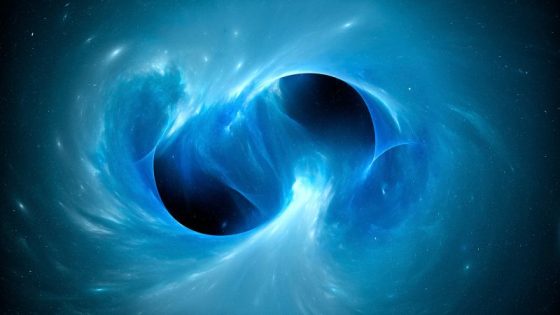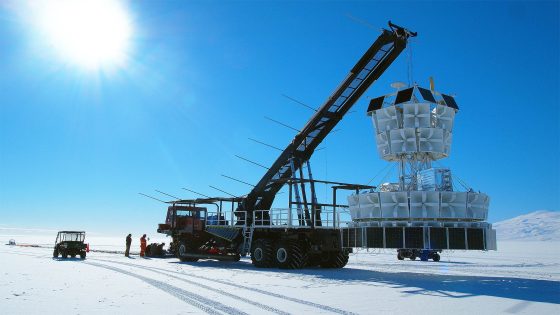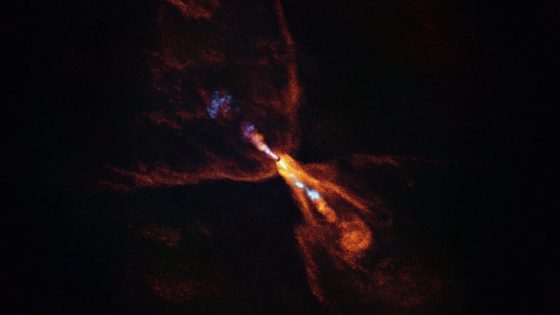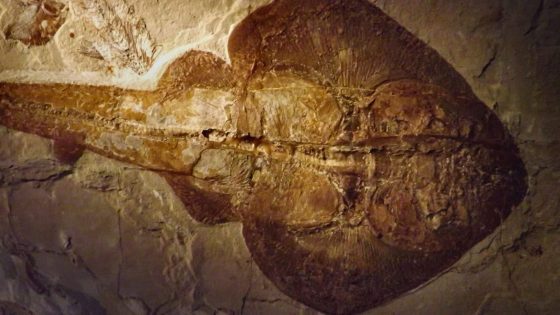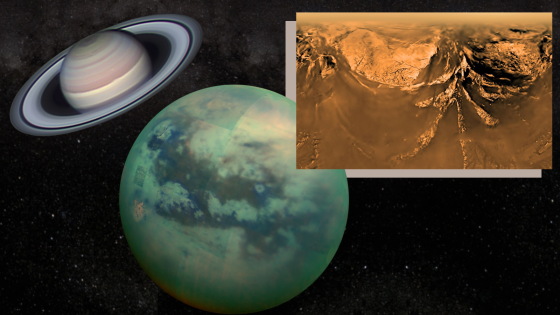A groundbreaking discovery in astrophysics has emerged from the observation of a black hole merger, marking the largest collision ever recorded. This event, known as GW231123, was detected on 2025-07-17 19:00:00 by the Laser Interferometer Gravitational-Wave Observatory (LIGO), revealing new insights into the nature of black holes.
- Largest black hole merger recorded: GW231123
- Gravitational waves detected by LIGO instruments
- Black holes challenge existing formation theories
- High-speed spins suggest previous mergers
- New insights into black hole population
- Future instruments may detect larger mergers
The merger involved two black holes, each more massive than 100 suns, challenging our understanding of black hole formation. Scientists have long speculated about the existence of black holes in this mass range, and GW231123 may provide crucial evidence for their origins.
This remarkable event raises intriguing questions about the mechanisms behind black hole formation. How do such massive black holes exist if they don’t form from dying stars? Researchers suggest that they might be the result of previous mergers, indicating a complex evolutionary history.
- GW231123 challenges existing models of black hole formation.
- It may indicate a population of black holes previously undetected.
- The high spin rates of the black holes suggest unique formation processes.
As we continue to explore the cosmos, future observations may unveil even more about these enigmatic objects, pushing the boundaries of our knowledge and reshaping our understanding of the universe.



